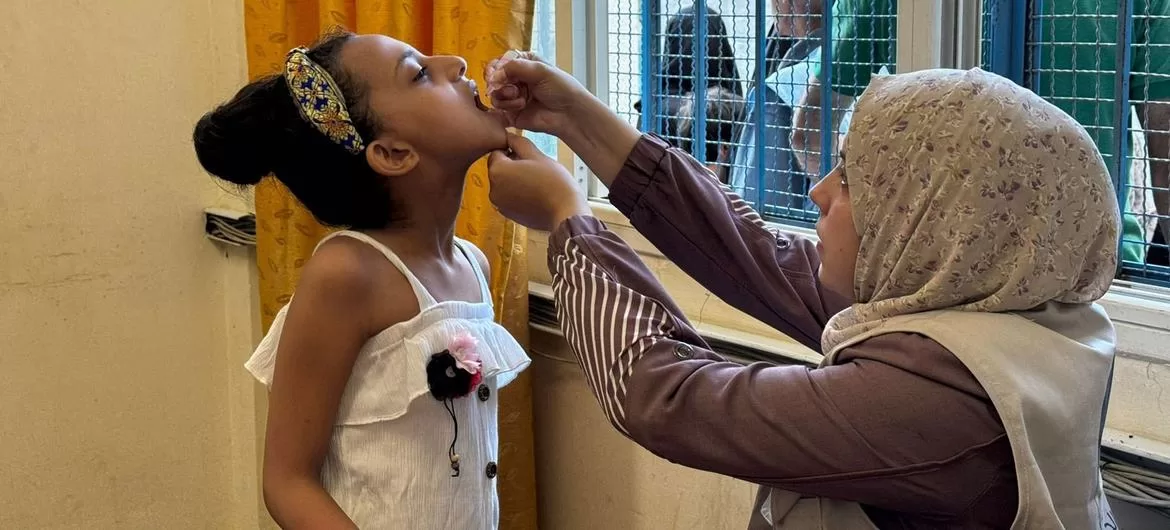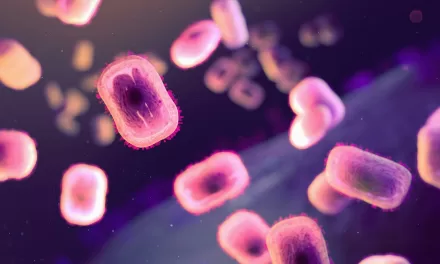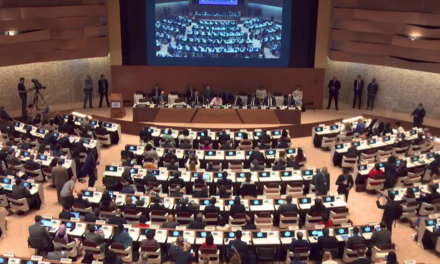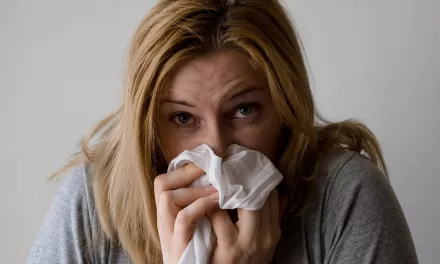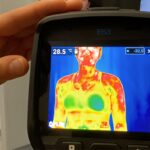Polio Virus Detected in Wastewater
Vaccine-derived poliovirus type 2 was detected in wastewater systems between September and December 2024 in five European countries: Spain, Poland, Germany, the United Kingdom, and Finland. This discovery, reported by Eurosurveillance, raises concerns for undervaccinated populations.
Analyses revealed wide genetic variations among the samples, both between and within countries, as well as within individual sampling sites. This suggests that multiple independent importations occurred almost simultaneously from outside European poliovirus surveillance networks.
Despite high national immunization coverage across these five nations, some populations remain chronically undervaccinated. The subnational coverage of the third dose of the inactivated poliovirus vaccine (IPV) in 2023 ranged from 43% to over 99%, highlighting vulnerabilities in certain areas.
Increased Vigilance Urged
“To date, no polio cases have been reported, and the EU/EEA continues to be polio-free, but such findings call for increased vigilance,” a European Centre for Disease Control (ECDC) spokesperson stated.
The overall risk to vaccinated populations remains very low. However, in areas with low vaccination coverage, the risk among under or unvaccinated populations is moderate, the ECDC noted.
Nonvaccinated or undervaccinated individuals face a heightened risk of developing polio if exposed. Erwin Duizer, PhD, head of the Netherlands’ National Polio Laboratory, emphasized that while wastewater surveillance is crucial for detecting the virus, it cannot differentiate between excretions from vaccinated versus unvaccinated individuals or between residents and visitors.
While the presence of poliovirus in wastewater does not necessarily indicate an outbreak, Soile Blomqvist, PhD, a senior researcher at the Finnish Institute for Health Welfare, warned that silent transmission is a concern. Up to 70% of infected individuals remain asymptomatic, while 25% experience mild symptoms.
Thea Kølsen Fischer, MD, clinical professor of public health at the University of Copenhagen, echoed these concerns, cautioning that silent poliovirus transmission can persist for months or years before paralytic cases emerge.
Children at Greatest Risk
Children under five years old are at the highest risk of poliovirus infection, although less than 1% of infections lead to paralysis. The most recent paralytic cases in Europe were reported in two children in Israel in 2022 and 2023 and two children in Ukraine between October and December 2021. All cases were declared closed as of September 2024, according to Shahin Huseynov, MD, technical lead on polio at the World Health Organization (WHO) Regional Office for Europe.
An ECDC report estimated that between 2012 and 2021, approximately 2.4 million children aged 12 to 23 months may not have received the required three doses of IPV. An additional 600,000 children may have missed vaccines in 2022 and 2023. Undervaccination remains a concern due to vaccine hesitancy, complacency, and accessibility barriers.
Reducing Polio Risk
“The most important polio control measure is strengthening vaccination programs by ensuring high routine immunization coverage with IPV,” Blomqvist stressed. “All children should receive the full series of polio vaccinations, and travel vaccination requirements for visitors to/from polio-endemic regions should align with international health regulations.”
Additionally, experts recommend intensive surveillance, including wastewater monitoring, rapid investigation of suspected cases, and maintaining hygiene practices. Duizer emphasized the importance of handwashing with soap and water (as alcohol-based sanitizers are ineffective against nonenveloped viruses), flushing toilets with the lid closed, and frequent cleaning of bathroom areas.
While the situation remains under control, public health authorities stress the importance of continued vigilance and vaccination to prevent potential outbreaks.
Disclaimer: This article is based on information available as of February 2025. Readers are advised to consult official health organizations, such as the WHO and ECDC, for the latest updates and recommendations regarding poliovirus surveillance and vaccination. The author and publisher assume no responsibility for actions taken based on the information provided in this article.

